Southeastern Pocket Gopher
Geomys pinetis
Status: Secure
Southeastern Pocket Gophers are medium-sized burrowing rodents. They are either a brown or tan color with small ears, eyes, and tail. These gophers have large incisors ( front teeth used for cutting) and long curved claws that help to dig through compacted soil. They also have two fur-lined pockets on the inside of their mouth which is used to transport food or nesting material.
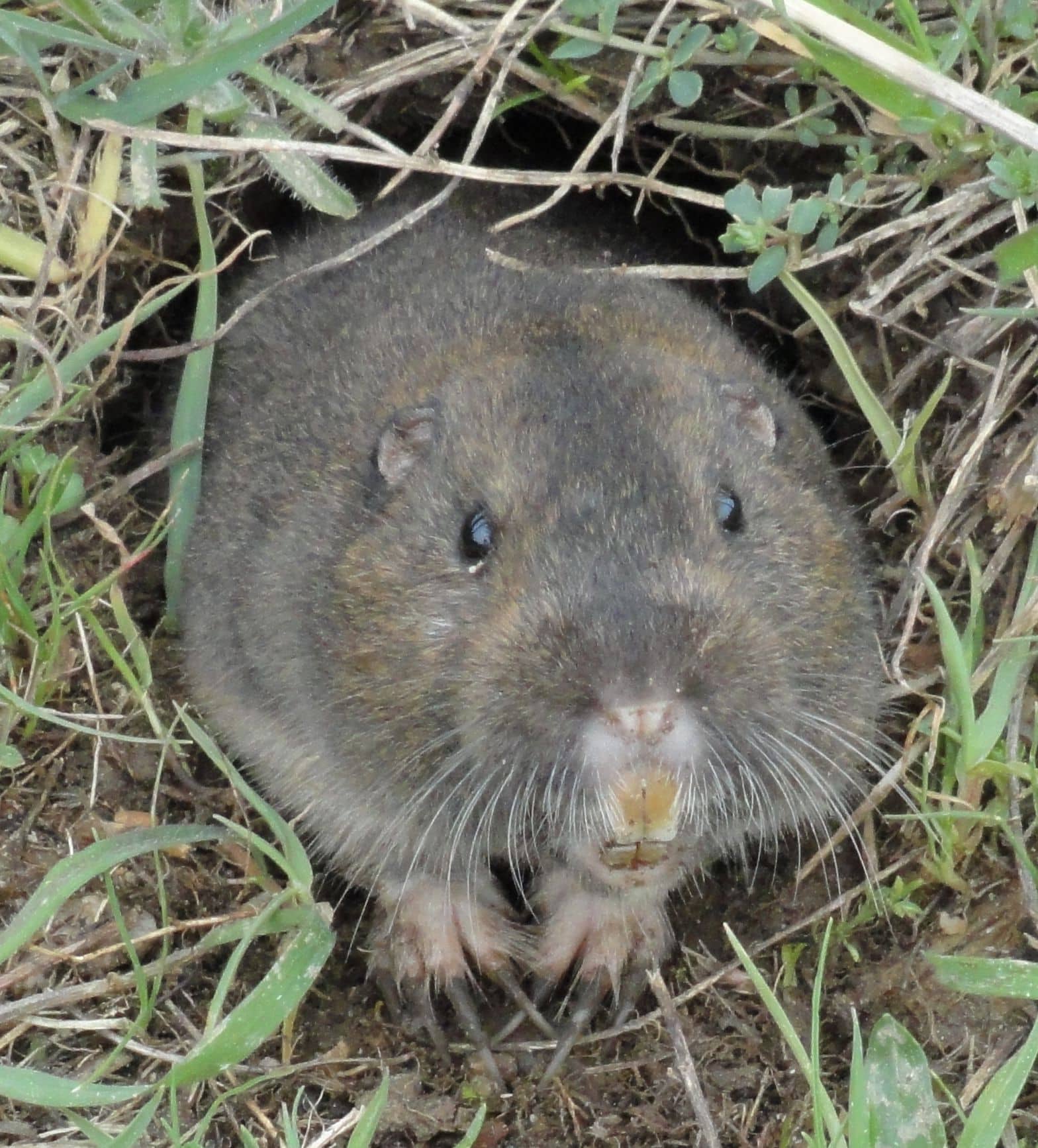
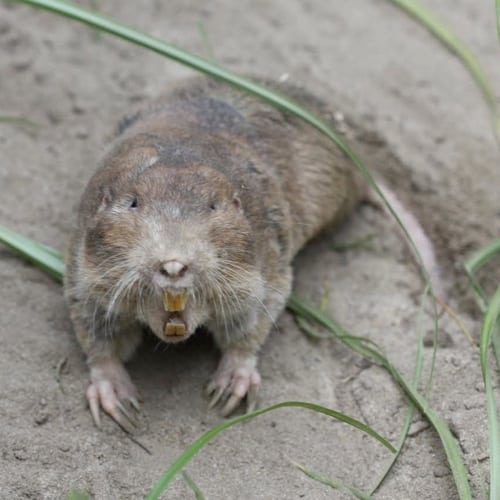
Habitat & Range
In the United states, these pocket gophers are found in the southeastern regions. The only three states these gophers are found in is Florida, Georgia, and Alabama. The pocket gophers generally inhabit sandhill ecosystems. They prefer dry deep sandy soils usually in pine-oak woodlands and open pine flatwoods.
Food Web & Energy Flow
Southeastern pocket gophers are underground dwelling rodents. When burrowing the gophers will collect roots, stems, and bulbs to store them in underground spaces. The diet of these gophers consist mostly of roots, stems, shrubs, and grasses. They are herbivores and considered primary consumers.
Relationship to Fire
S.E pocket gophers depend on fires to maintain their environments. Since they live mostly underground, it is sometimes difficult for them to dig burrows when the soil is too compacted. When the fires happen, more nutrients are added to the soil and the soil loosens up. The loosen soil makes digging easier for the gophers.

Conservation Status
S.E pocket gophers are found in only three states, Florida, Georgia and Alabama. On the map, it shows how the pocket gophers are under different levels of pressure in different states, but overall they are considered Secure.
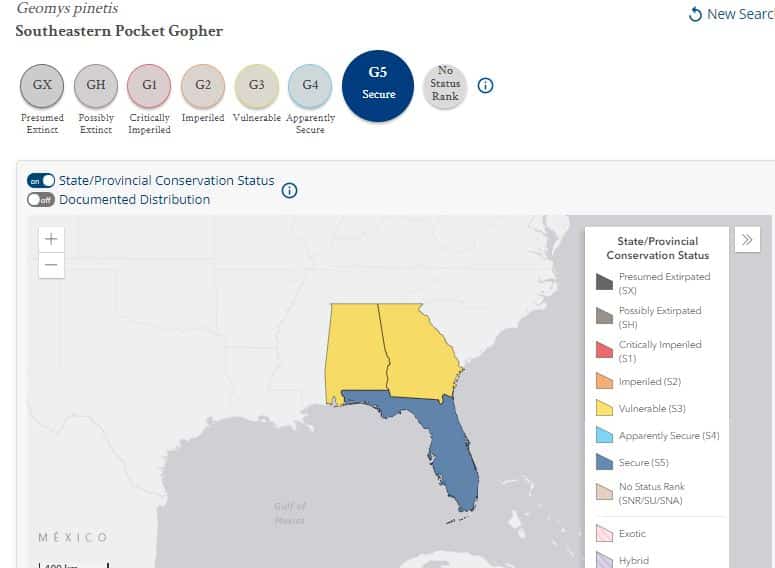
Human Impacts/ Threats
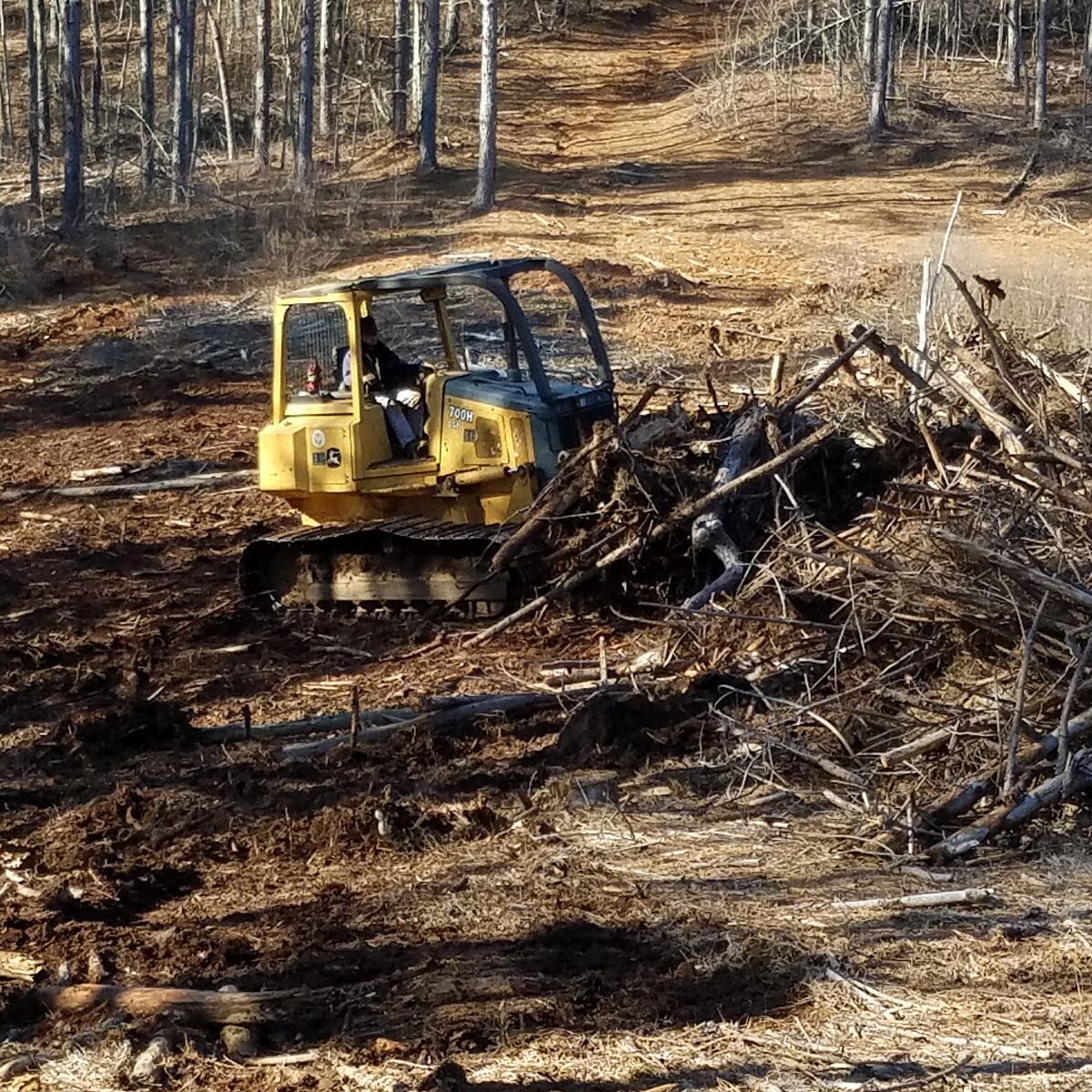
Land Use Conversion
Longleaf forests and the habitat it supports is being cleared or converted to use the land for other uses like houses, roads, agriculture, and even to grow different types of trees to sell.
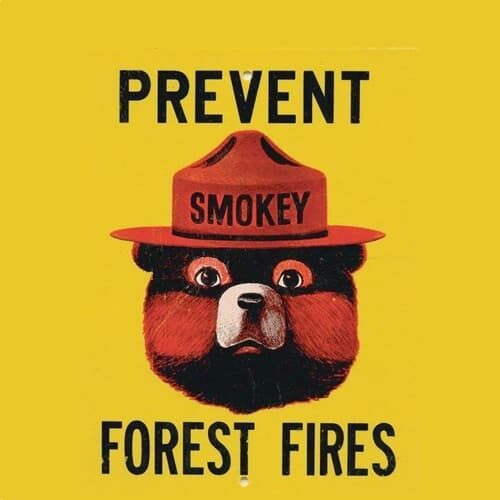
Fire Suppression
Many people think of fires in the forest as bad, so they work hard to prevent or suppress them. But longleaf forests NEED regular fire to support habitat for the species that live there!
Resources
The Wildlife Society - Florida Chapter. SE Pocket Gopher
Florida Fish & Wildlife Conservation Commission. Pocket Gopher
National Park Service . Pocket Gophers
